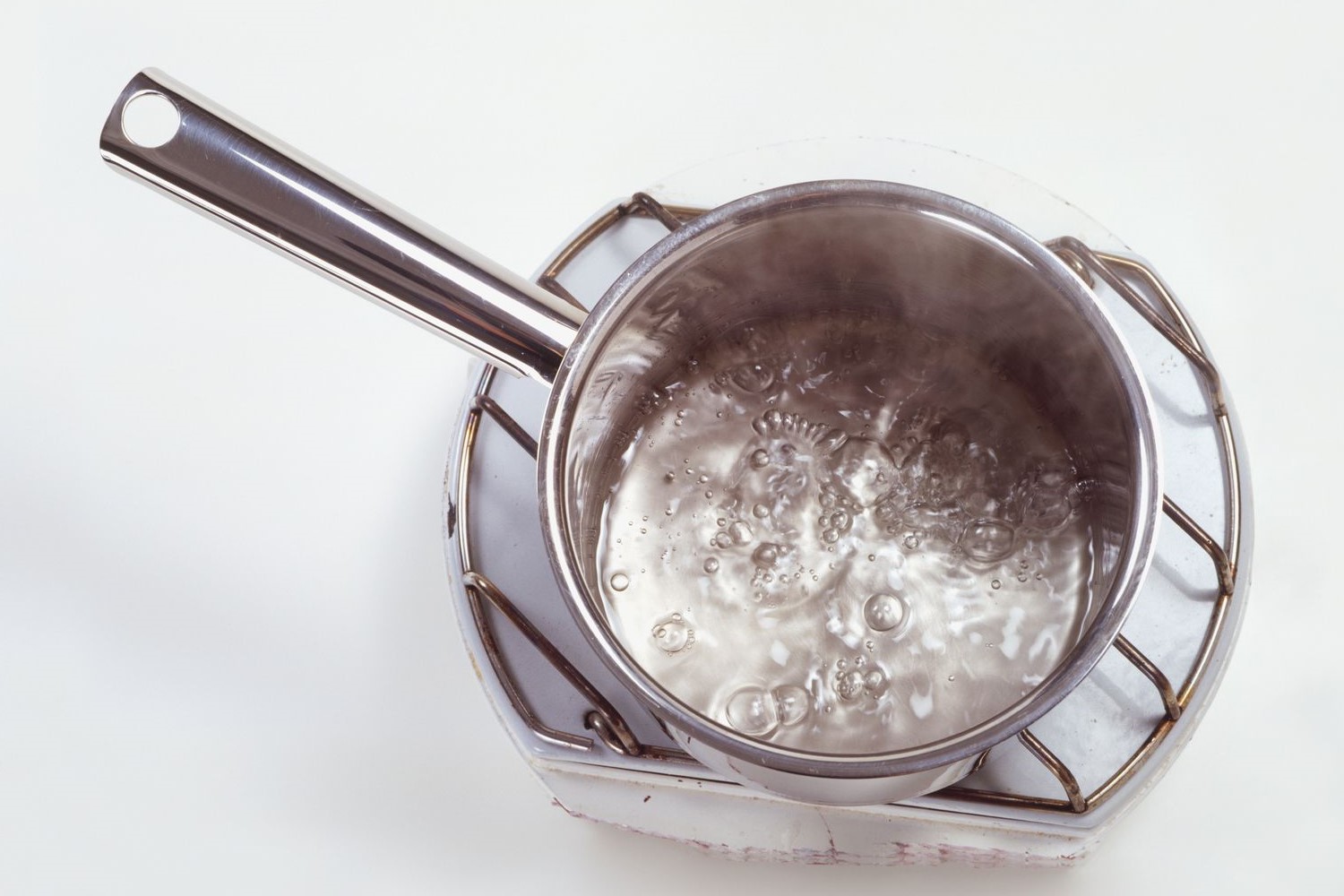
Boiling point elevation is a fascinating concept in chemistry that affects everyday life more than you might think. Ever wondered why adding salt to water makes it boil at a higher temperature? That's boiling point elevation in action! This phenomenon occurs when a non-volatile solute, like salt or sugar, is added to a solvent, such as water. The presence of the solute disrupts the solvent's ability to evaporate, requiring more heat to reach the boiling point. This principle has practical applications in cooking, industrial processes, and even car maintenance. Understanding boiling point elevation can help you grasp how substances interact and why certain recipes or procedures work the way they do. Ready to dive into the science behind this everyday marvel? Let's get started!
What is Boiling Point Elevation?
Boiling point elevation happens when a non-volatile solute is added to a solvent, causing the boiling point of the solvent to increase. This phenomenon is a colligative property, meaning it depends on the number of solute particles in a solution, not their identity.
- Boiling point elevation occurs because the solute particles disrupt the formation of vapor bubbles within the liquid, requiring more heat to reach the boiling point.
- Colligative properties include boiling point elevation, freezing point depression, vapor pressure lowering, and osmotic pressure.
- Non-volatile solutes do not evaporate easily, making them ideal for studying boiling point elevation.
- Common solutes used in boiling point elevation experiments include salt, sugar, and other ionic compounds.
- The boiling point of pure water is 100°C (212°F) at standard atmospheric pressure.
How Does Boiling Point Elevation Work?
Understanding the mechanics behind boiling point elevation helps in various scientific and industrial applications. Here's a closer look at how it works.
- Solute particles interfere with the solvent molecules' ability to escape into the vapor phase.
- More energy is needed to overcome this interference, raising the boiling point.
- The extent of boiling point elevation depends on the concentration of the solute.
- Molality (moles of solute per kilogram of solvent) is often used to measure this concentration.
- The boiling point elevation constant (Kb) is a property of the solvent and varies for different substances.
Real-World Applications of Boiling Point Elevation
Boiling point elevation isn't just a lab phenomenon; it has practical uses in everyday life and industry.
- Cooking: Adding salt to water increases its boiling point, which can slightly speed up cooking times.
- Antifreeze: Ethylene glycol in car radiators raises the boiling point of the coolant, preventing overheating.
- Food preservation: Sugar in jams and jellies elevates the boiling point, helping to kill bacteria.
- Industrial processes: Boiling point elevation is crucial in chemical manufacturing and refining.
- Pharmaceuticals: Controlling boiling points is essential in drug formulation and production.
Factors Affecting Boiling Point Elevation
Several factors influence the degree of boiling point elevation in a solution.
- Type of solute: Ionic compounds cause more significant elevation than molecular compounds.
- Solvent properties: Different solvents have different boiling point elevation constants.
- Atmospheric pressure: Higher altitudes with lower pressure can affect boiling points.
- Solution concentration: Higher solute concentrations lead to greater boiling point elevation.
- Nature of the solvent: Polar solvents like water show more significant boiling point elevation than non-polar solvents.
Calculating Boiling Point Elevation
Knowing how to calculate boiling point elevation is essential for scientific accuracy and practical applications.
- Formula: ΔTb = Kb * m, where ΔTb is the boiling point elevation, Kb is the boiling point elevation constant, and m is the molality.
- Example: For water, Kb is 0.512°C kg/mol. Adding 1 mole of solute to 1 kg of water raises the boiling point by 0.512°C.
- Precision: Accurate measurements of solute and solvent are crucial for precise calculations.
- Units: Ensure consistency in units when performing calculations to avoid errors.
- Experimental data: Often needed to determine the exact boiling point elevation constant for a specific solvent.
Interesting Facts About Boiling Point Elevation
Here are some intriguing tidbits about boiling point elevation that might surprise you.
- Historical discovery: François-Marie Raoult first described colligative properties, including boiling point elevation, in the 19th century.
- Cryoscopic constant: Similar to the boiling point elevation constant, but for freezing point depression.
- Everyday examples: Adding antifreeze to a car radiator or salt to icy roads both involve colligative properties.
- Not just liquids: Boiling point elevation can also occur in solid solutions, like alloys.
- Biological relevance: Cells use colligative properties to maintain osmotic balance.
Misconceptions About Boiling Point Elevation
Despite its scientific basis, boiling point elevation is often misunderstood. Let's clear up some common misconceptions.
- More salt means faster boiling: Adding salt to water raises the boiling point, but it doesn't necessarily make water boil faster.
- Only applies to water: Boiling point elevation occurs in all solvents, not just water.
- Visible change: The change in boiling point is often too small to notice without precise instruments.
- Simple solutions: Complex mixtures can have unpredictable boiling point elevations due to interactions between different solutes.
Boiling Point Elevation: Key Takeaways
Boiling point elevation happens when a non-volatile solute gets added to a solvent, raising the boiling point. This phenomenon is crucial in cooking, where adding salt to water can speed up boiling. It's also vital in industrial processes like antifreeze in car engines, which prevents overheating. The extent of boiling point elevation depends on the amount of solute, not its type. This principle is a colligative property, meaning it relies on the number of particles in a solution. Understanding this can help in everyday tasks and scientific endeavors. Whether you're a student, a cook, or just curious, knowing about boiling point elevation can be quite handy. So next time you add salt to your pasta water, remember you're applying a fascinating scientific principle!
Was this page helpful?
Our commitment to delivering trustworthy and engaging content is at the heart of what we do. Each fact on our site is contributed by real users like you, bringing a wealth of diverse insights and information. To ensure the highest standards of accuracy and reliability, our dedicated editors meticulously review each submission. This process guarantees that the facts we share are not only fascinating but also credible. Trust in our commitment to quality and authenticity as you explore and learn with us.


